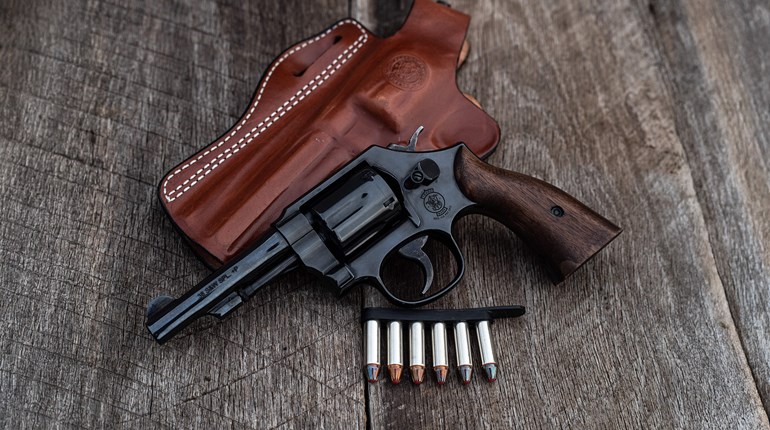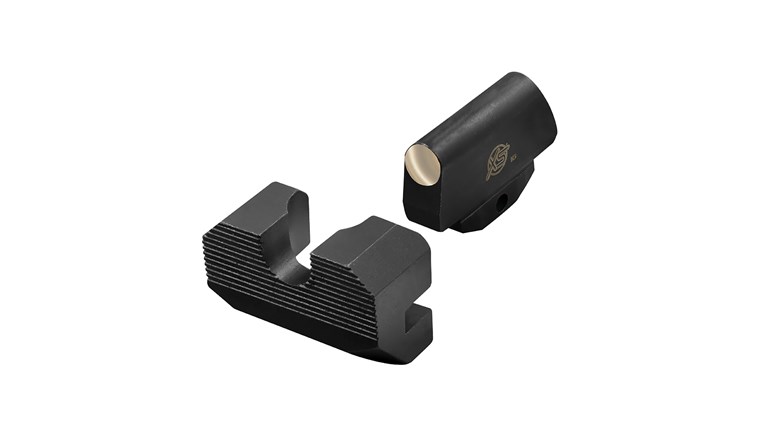
It started as the Mozambique Drill, the name Jeff Cooper gave to an immediate-action drill based on an incident many years ago in, well…Mozambique. Cooper’s friend, Mike Rousseau, confronted by an armed assailant, fired two shots into the upper chest with his Browning Hi Power with no apparent effect. A follow-up shot that inadvertently struck the attacker’s throat ended that matter. Cooper then created a drill that called for two shots to the upper chest, assessing at guard (low-ready) and following up with a head shot, if necessary.
Some years later we modified this drill at Gunsite and eliminated the assessment and move to low ready. We call it the Failure Drill; two quick shots to the upper chest followed by moving to the head and taking a shot if the threat is still there. At close ranges, say 3 to 5 yards, most students learn to accomplish this with good hits, from the holster, in less than 3 seconds.
Being a fighting school, Gunsite has always worked with numerous weapons systems. Lately, we’ve been taking a new look at single-action revolvers for defensive use. While some may disdain these old-fashioned guns in the age of high-capacity wondernines, I know Cowboy Action shooters who can run these revolvers faster and more accurately than most of us can dream of running any semi-automatic pistol. Another benefit of the “cowboy guns” is they come in powerful chamberings like .357 Mag., .44 Spl./Mag. and .45 Colt. These proven fight stoppers are useful in defense of life against man or beast and are often the handgun of choice for outdoor enthusiasts. I would wager more single-action Ruger Blackhawks are found in the pickup trucks of ranchers and farmers than any other handgun.
Back to the Failure Drill, it seems reasonable to make an adjustment in the number of rounds fired to the upper chest due to the power and recoil of the big revolvers. As such, we’re recommending one shot to the upper chest followed by an immediate head shot if the threat remains. To run this drill, you’ll need a single silhouette target, your favorite single-action revolver and a dozen or so rounds of ammunition. The starting position is from a muzzle-depressed, low-ready position or from the holster. (Remember not to cock the revolver before your sights are on the target. Do not cock the revolver as it comes out of the holster.)
At 3 yards, fire one round to the upper-chest area of your target, followed by a round to the head area. Repeat three times, total six rounds. Repeat at 5 yards for a total of 12 rounds.
Single-action revolvers don’t have to prove themselves to modern shooters. Their record of powerful reliability has made history and will likely continue to do so for many years to come. If you’re not familiar with them, I recommend you give them a try.




































